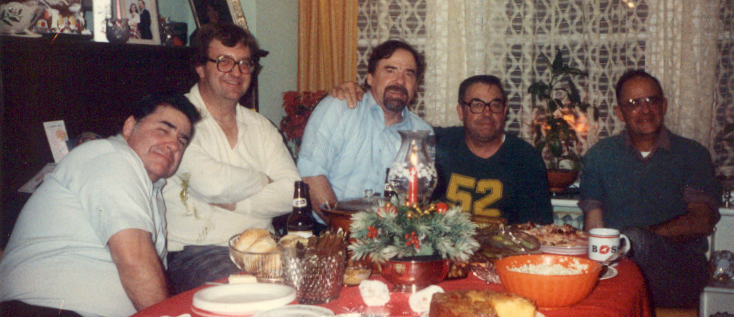We are suffering through a very serious credit crisis which is the result of the super-liquidity wave (the availability of massive amounts of money injected into the financial system in a short period of time, a wave, and which facilitates massive investments, whether sound or unsound) generated by the global banking system, and which, in turn, spawned numerous fragile asset bubbles. The current liquidity boom, which is in its terminal state, was bred by never-ending debt which, in turn, produced a whole series of booms: the LDC lending boom of the 1990s; the 1990s stock market bubble; the commodity and real estate bubbles; the securitization boom of assets ( i.e. real estate mortgages and credit card debt); the U.S. Treasury bond bubble; recycling of Japanese, Chinese, other Asian countries; Middle Eastern oil producing states trade surpluses, and, the 800-ponnd gorilla, the unfathomably massive derivative market. All of these bubbles are related to the monstrous mountain of debt accumulated by the Western world. This debt is so large that it can neither be serviced nor protected from default. It can be inflated away, and this seems to be the stealth course pursued by the global central banks. The 2007 credit crisis is symptomatic of the size and fragility of this massive liquidity injection, and its partner, the massive global debt. What went wrong was the massive accumulation of debt, whether public or private. This is nothing new – history keeps repeating itself. Global capitalism’s parasitic 200 year history shows eight such lending waves each followed by a serious economic crisis. The present crisis is arguably the worst, and, in the worst case scenario, could result in a catastrophic implosion of the world-economies along with their fiat currencies. To read the entire essay, please CLICK the following link:
Monthly Archives: September 2012
The Consequences of a Failed Monetary System: The Great Depression and The Great Depression II
Franklin Delano Roosevelt’s election to the presidency in 1932 and his subsequent New Deal administration was a revolutionary event for the United States, but was not an isolated event in global affairs. At the turn of the 20th century, the world experienced a collapse of its monetary system, the international gold standard, a collapse which reverberated worldwide, and especially in the 1930s, produced calamitous economic disintegration and revolutionary political changes. To read the essay, please CLICK the following link:
The Consequences of a Failed Monetary System
Rise and Fall of the American Empire: Quigley’s The Evolution of Civilization Applied by S. Joseph Kowalski
This essay applies Carroll Quigley’s The Evolution of Civilization to Western Civilization and particularly to that of the United States. This essay argues that: Western Civilization is still mired in the Age of Conflict; the United States became Western Civilization’s Universal Empire at the conclusion of World War II; Western civilization was not fortunate to have a fourth period of Expansion; and, the United States has a high probability of entering its age of Decay. To read the essay, please CLICK the following link:
The Rise and Fall of the American Empire
Halloween in New Orleans
Mardi Gras and Halloween are especially fun times to visit New Orleans. We timed our 2009 visit to coincide with JJ Grey & Mofro’s scheduled appearances at both the Voodoo Experience Sunday afternoon and Tipitina that evening. Andrew plays the bass in this group. Tipitina is the New Orleans musical venue made famous by Professor Longhair and takes its name from his blues number Tipitina. Mofro has a talented leader, JJ Grey, and excellent musicians. To read the essay, please CLICK the following link:
The Kowalski Story
An oral history of a Polish immigrant family who, in the latter part of the 19th century, settled in northeastern Pennsylvania. John and Marya Kowalski left their home in the Polish Province of Poznan, which, at the time, was a part of Germany, and settled in Nanticoke, Pennsylvania. Poland did not regain its sovereignty until the end of World War I. To read the essay, please CLICK the following link:
